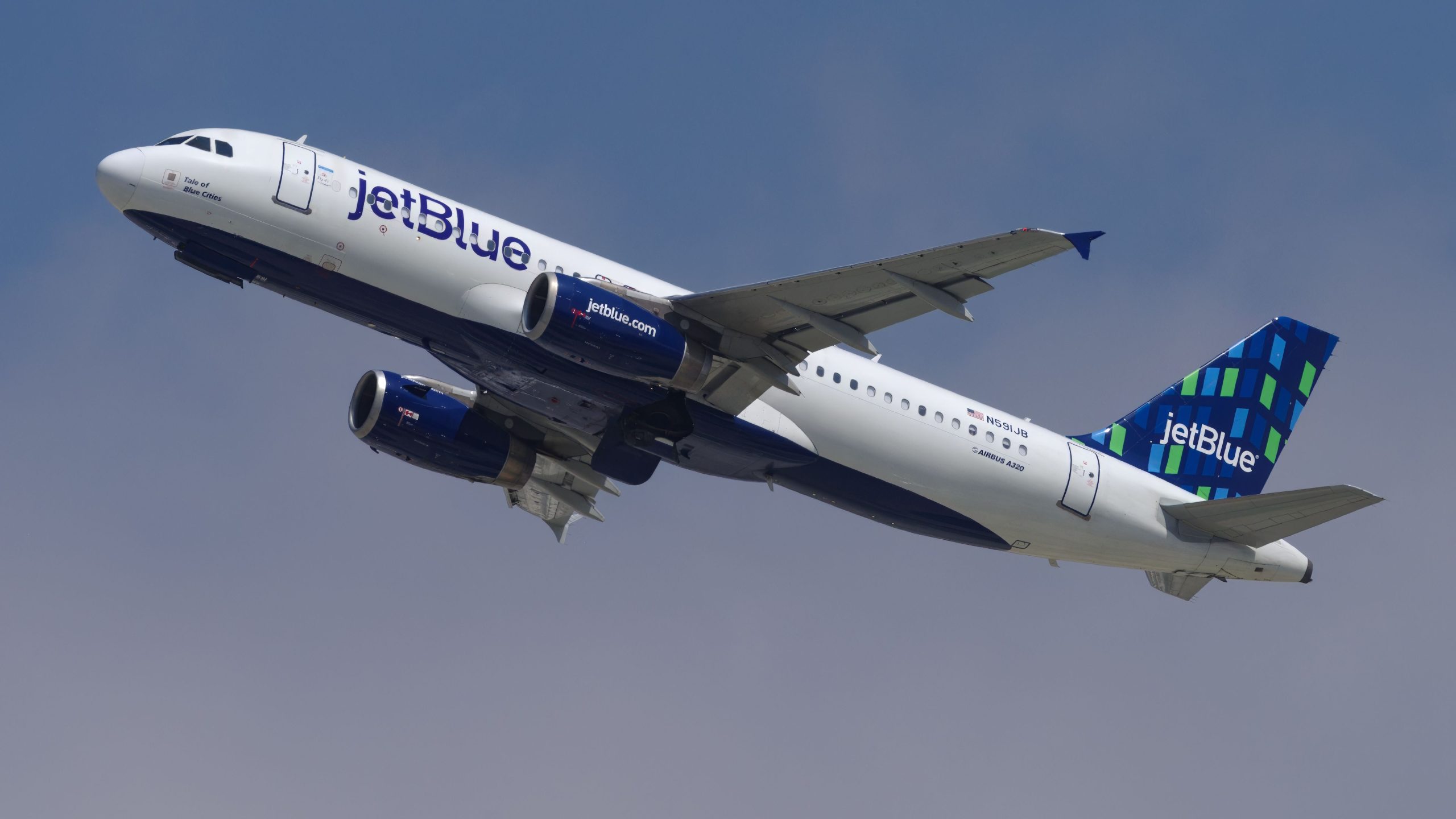Summary
- Seven passengers and one crew member were taken to the hospital after experiencing severe turbulence on a JetBlue flight from Ecuador to Florida.
- The National Transportation Safety Board (NTSB) will investigate the incident, adding to their busy year of turbulence investigations.
- Turbulence is reportedly becoming more common due to climate change. Airlines will need to prepare for rougher skies in the future.
Several JetBlue passengers and crew were taken to hospital following a bout of severe turbulence near Jamaica on Monday morning. The flight landed safely in Fort Lauderdale, with seven passengers and one crew needing treatment in the hospital.
JetBlue turbulence near Florida
As reported by The Independent, JetBlue Flight 1256 from Guayaquil (GYE) to Fort Lauderdale (FLL) encountered “sudden severe turbulence” as it approached Florida. While the flight landed safely in Fort Lauderdale at around 05:30 on Monday, seven passengers and one crew were transported to the hospital upon arrival after sustaining injuries during the turbulence.
The severity of the injuries is not clear at this point – Simple Flying has reached out to JetBlue and will update this story accordingly. The airline added that it has taken the affected aircraft – an Airbus A320 (registration: N569JB) – out of service for inspection, and it will “work to support our customers and crewmembers.”
NTSB to investigate
The National Transportation Safety Board (NTSB) will launch an investigation into this incident. It has had a busy 2023 in terms of turbulence investigation, with several high-profile incidents occurring this year.
This includes a Delta flight earlier this month, when some passengers had to be stretchered off and several more were hospitalized after a bout of turbulence on approach to Atlanta. According to the NTSB’s preliminary report, the plane experienced just “two seconds” of severe turbulence, but this was enough to injure several passengers.
Is turbulence getting worse?
According to The Verge, turbulence is becoming more common due to the effects of climate change – particularly clear-air turbulence – which is difficult to detect on radar. A study from Geophysical Research Letters found a 55% increase in clear-air turbulence from 1979 to 2020. Paul Williams, co-author of the study, commented,
“Airlines will need to start thinking about how they will manage the increased turbulence.”
Be prepared for more turbulence ahead, as this year’s El Niño weather pattern is likely to cause more clear-air turbulence this winter.
While minor injuries are relatively common during turbulence, serious injuries are more of a rarity. Federal Aviation Administration (FAA) data shows a total of 17 serious injuries (4 passengers and 13 crew) in 2022. The data also reveals that crew members are more likely to suffer bad injuries during turbulence, as they are often performing their duties around the aircraft when turbulence hits.
Have you experienced any severe turbulence during a flight? What is the worst experience of turbulence you can remember? Let us know your stories in the comments.
Source: The Independent, The Verge, FAA


